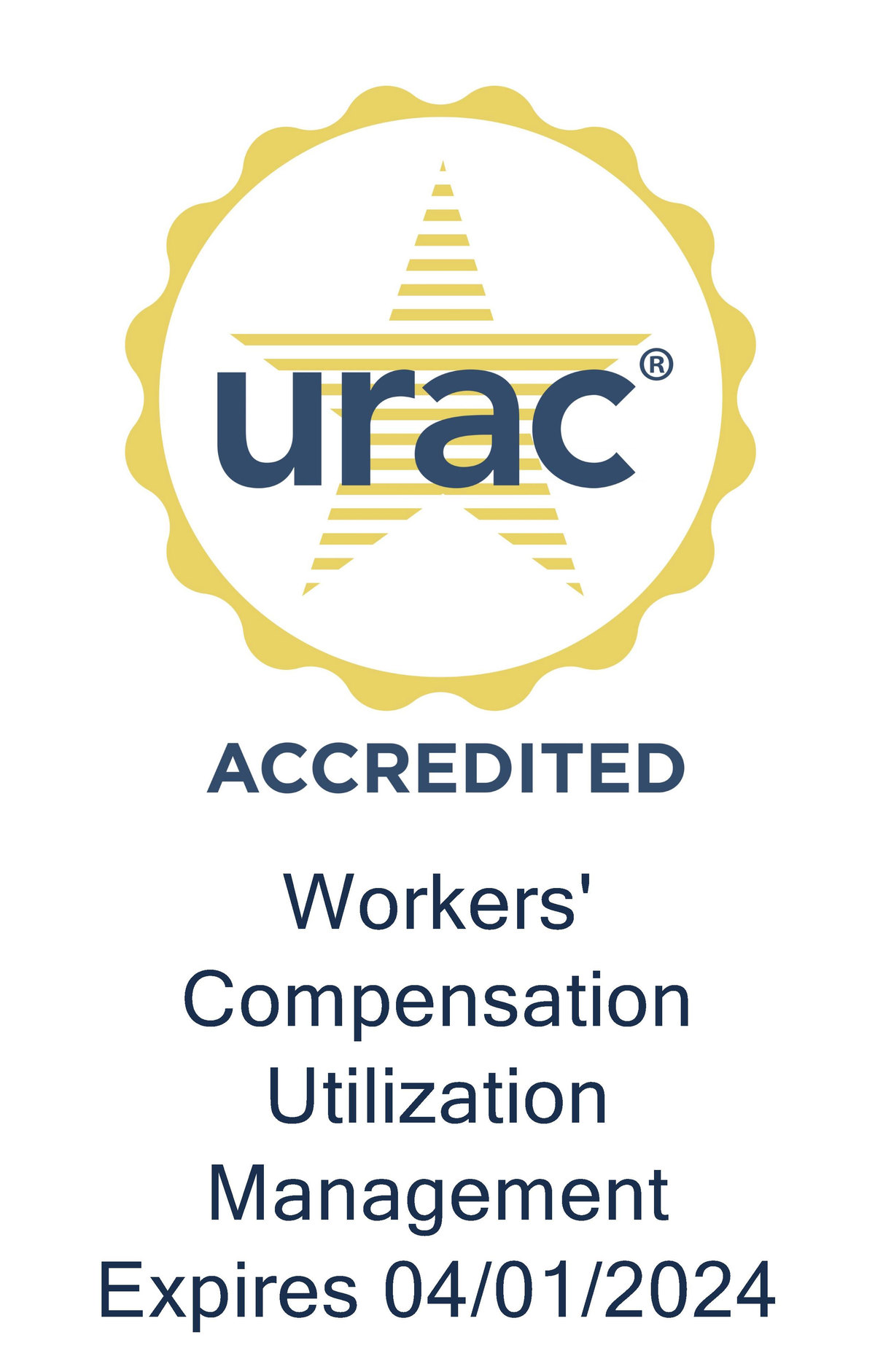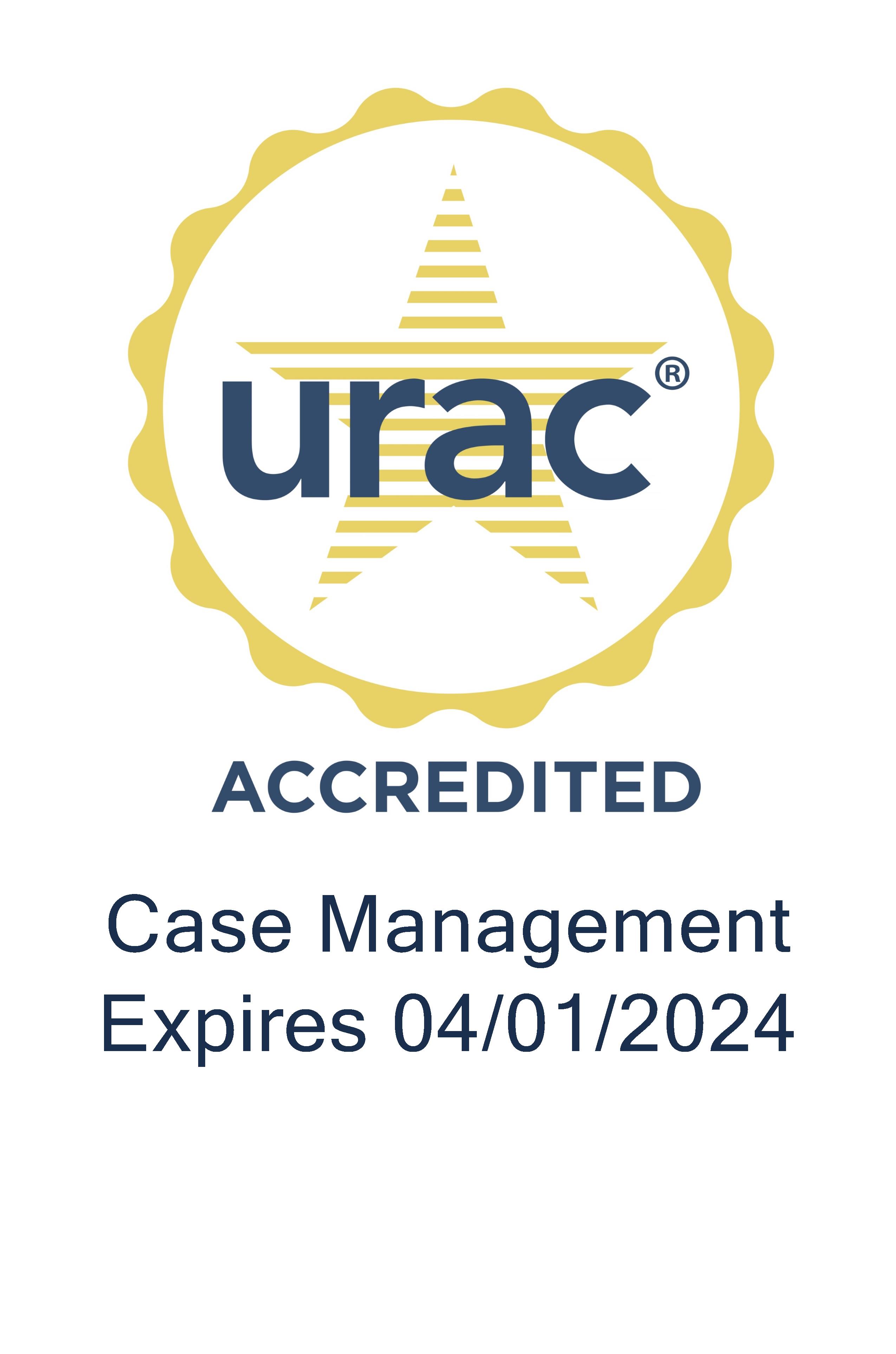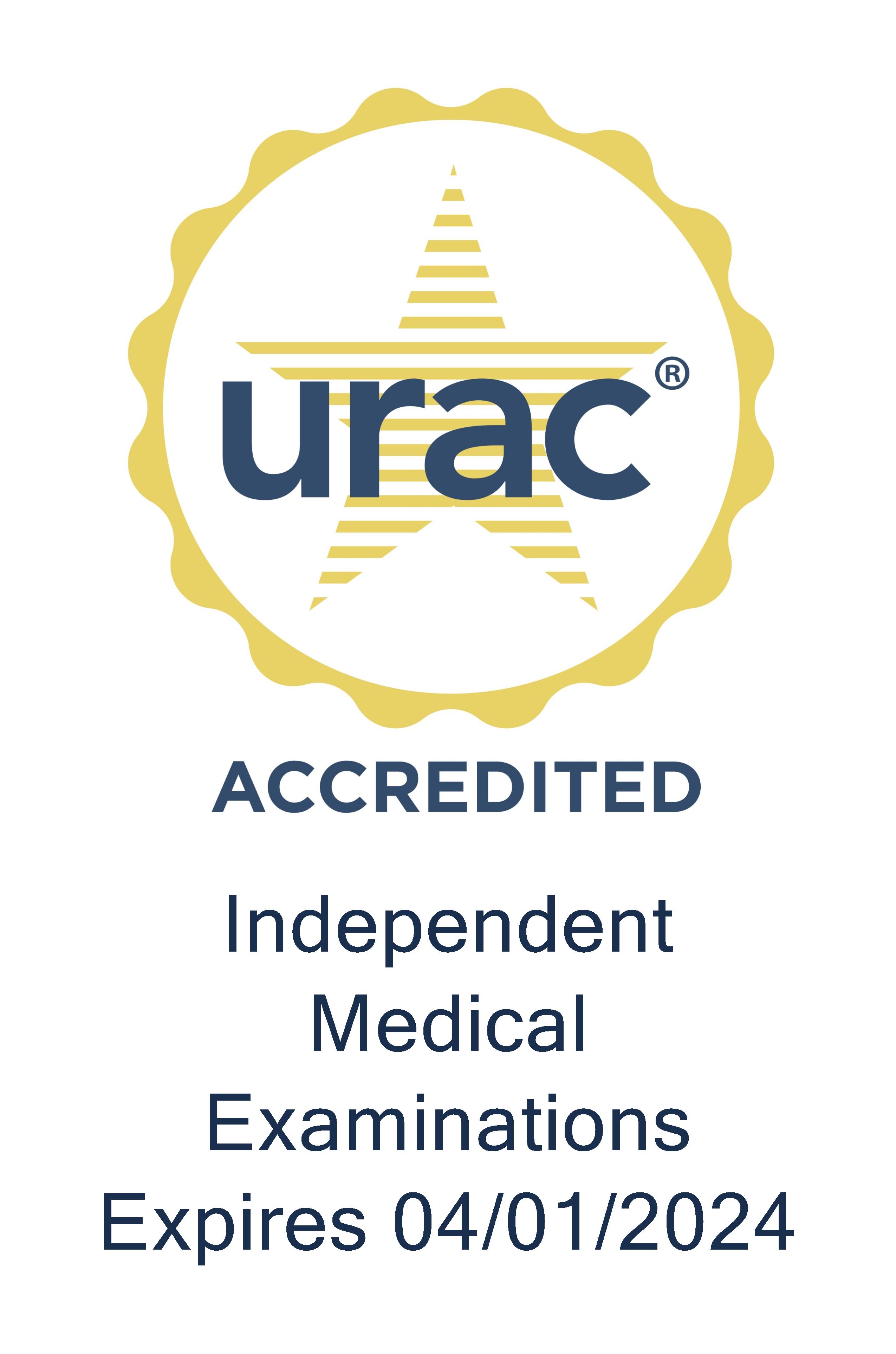Light-duty options for injured temp staffing employees
When most people think of light-duty return to work, staffing agency employees are often not considered. That changed when Kathleen Peck, director of risk management, developed a unique program at MVP Staffing. Her efforts were recently recognized by Risk and Insurance, which awarded her Risk Manager All Star status. Today, Kathleen and Genex’s Paul Bode are here to talk about it.
Tom Kerr (TK): Kathleen, what prompted you to develop this program?
Kathleen (KP): I was initially retained by MVP Personal Staffing Group as a consultant. I was retained because their legacy claims were out of control. They weren't being managed by the carriers, they weren't, frankly, being managed well by the internal staff. So, we started with the very basic premise, "Who are we paying? Why are we paying them?" and "When can we stop?"
TK: Did you face any challenges in implementing the program?
KP: Keep in mind in temporary staffing, we are exactly that, we are the alternate labor, we are the backfill labor, we are an additional labor source, we are not typically the primary staff. Not being a primary staff member of the host employer, they can be reluctant to accommodate light‑duty work restrictions.
So, the big task or the big challenge that the industry of staffing always faces is how and where can we put people back to work when they have work restrictions? They do not have a full‑duty work release.
“If we don't put people back to work and they sit at home they, over time, can develop sort of a mindset of disability.”
"I'm being rewarded for being disabled. I will continue to be disabled to continue to be rewarded."
So, we're trying to break that cycle. We're trying to get people back and keep them engaged in society by having them go back to work. Again, how do you do that when you don't have a vehicle — light duty return‑to‑work — to get people back to work? That was our challenge.
TK: How did you convince others to buy in?
KP: I've worked with ReEmployability who was my return‑to‑work vendor in the past. I had great success with them in the past, and so I turned to them first for a solution. We have a lot of claims demand so we created lists of people on temp total (temporary total disability). So, within the lists, I was refining my team, hiring new people, going through that initiative with them, identifying who has work restrictions, who could be put back into a light duty return‑to‑work versus sitting at home and collecting benefits.
So, we kind of continue to refine that list who would be eligible to be working in light duty and began making referrals. So, I started in January 2017. By February 2017, within the first five, six weeks, we began the referral process into ReEmployability for the light‑duty return‑to‑work program.
TK: What was the goal of your program?
KP: A common denominator in the industry of workers’ compensation insurance is that if you have a personal injury, my broken bone heals in four to six, maybe if it's bad, eight weeks. If it's work comp, I'm looking at six months. Why? It doesn't make any sense.
If I have a broken bone and I can't use that right arm, then I could go back to work in a light‑duty restricted capacity with one hand using my left arm, but not using my right hand or, only on an assist basis with restrictions. That occupational therapy of getting up, continuing in my daily routine of going to work, it just keeps that mindset of being enabled versus disabled in the forefront. You want people to be enabled, and healthy, and active, and being able to be restored to their primary function.
So, what we encountered as this program continued to develop is that we had earlier and earlier full‑duty work releases. By going back into the environment of work, even on a light‑duty nonprofit environment, they were healing faster. That drives down our costs.
It's really nice to be able to pay back society by having paid volunteers performing tasks and assisting at nonprofits. We work in everything from church soup kitchens to halfway homes to women shelters. There's 40,000 nonprofits within the network that we tap into.
Well, what we ran into, quite honestly, is work statuses. The whole thing is going to be driven on we were making the referrals with our carrier to ReEmployability. As soon as we could get a work status from the doctor stating that they had work restrictions and we could put them into the light‑duty return-to-work program.
TK: How does the process work?
KP: The person's seen by the doctor on Monday, Genex follows up on Monday, generally has a note Monday or Tuesday, says they can work with restrictions. Tuesday, they're making their referral to ReEmployability for light‑duty job assignments. ReEmployability gets it, they check their network. We try to find nonprofits within 10 miles or less of the individual employee's home. They put together the job offer letter, we're copied on the job offer letter, it goes out certified mail to the employee and, bang, by the following Monday, we got them back to work in a nonprofit.
In the world of staffing anyway, that's pretty quick. It's not as quick as you might find in normal industry where they're released on Monday and I bring them back to work Tuesday. I don't have that luxury. So, from the world of staffing, getting them back to work within a week or 10 days, that's moving pretty quick.
“We have employees that come out of the program and they continue providing their nonprofit service. They want to keep volunteering.”
TK: What role does case management play?
KP: We were seeing really great success — numbers were coming down. The obvious answer is we needed to get more people into the program faster. What was holding us up is not receiving timely the doctor's note from the last office visit giving us the latest work status information.
Our carrier had restrictions and did not have the ability to allow us to see their documents. And so, we were trying to get them directly from the doctor and there was a disconnect. So, if we could use a telephonic case manager with Genex to then work with that primary treating physician and get that work status note after each and every doctor visits, the moment Genex receives the work status note stating that the person can work with restrictions, Genex is now assisting us with making that referral directly to ReEmployability.
TK: Paul, I’m going to bring you in now since we’re focusing on case management. How is the MVP program different from others?
Paul Bode (PB): Well, I think Kathleen pointed out one of the obvious things early on, and that's the nature of staffing companies where they often are reluctant to take an employee back who's been injured on the job. And, by the very nature of the temporary job that they have, may not be available.
So, Kathleen was able to look at other opportunities. And we have other companies that use ReEmployability, and even Genex provides this service to some where we use the nonprofits, but none have the commitment to the early intervention like Kathleen does. And I think Kathleen's understanding of the statistics that we've known at Genex for years, which is the longer someone's off work due to an on‑the‑job injury the likelihood of them returning diminishes ever so slightly every day.
So, the sooner they can get them back in the workforce and get them in the habit of getting up in the morning and going to work, it's better for the injured worker and it's better for the employer.
TK: Did you face any challenges in implementing the program?
PB: Well, yeah. I think there's a lot of moving parts here and a number of players involved, and so, the coordination among, let's say, maybe four at the minimum, different companies was challenging. But, Kathleen allowed us to work out those workflows among ourselves. She set the goal, “here are my expectations, here are the deliverables that I want.”
But when we hit a snag between, say, the carrier or ReEmployability in terms of how we exchange information, because we had some very specific timelines, and, that's the other part of what I like about this program, is the commitment to early intervention. Because Kathleen will count it in minutes, because every minute you lose in getting somebody back in the workforce could possibly be a negative outcome. So, that commitment sort of carried us through.
Many times, we've tried to implement programs and will hit a snag because the carrier couldn't accommodate, or the another player couldn't accommodate, or we couldn't get a workflow worked out. And Kathleen was committed all the way to the end to making sure this happened, and now we are seeing the result.
So, it’s been great on Genex’s part to be a part of a program like this and to see the results that sort of lends credibility to what we’ve been saying all along and what Kathleen’s been saying all along.
TK: Kathleen, what results have you seen?
KP: Our legacy program, we have obtained tens of thousands of dollars, average cost per claim/closed claim status. It took us a year‑and‑a‑half to two years to get a claim closed on a legacy program where we weren't advocating for people to get back and engaged in the workforce.
Fast forward to the most recent program that we're measuring against at the moment, and we were at about $1,500. So, it was a dramatic decrease, again, on closed claims. And I have an 84‑percent closing ratio with that program. So, it’s a relatively valid number.
So, I'm looking at about $1,500, $1,600 on average cost per claim/closed claim basis. And I'm closing claims in about 150 days on average. So, the closing time is going up, our closing ratios are going up, our costs are going down dramatically by having people get into occupational therapy, get into return to work.
We see all possible human responses to this opportunity to work within a nonprofit. We see people that decline — they absolutely do not want to be in the nonprofit environment. That's fine. That impacts your ability to receive benefits. We do take that time to have one person dedicated to explaining that to them, specifically, “declination of the job offer could impact your benefit, and you may want to discuss that with your adjuster and understand the full ramifications of your decision. Let us know if you change your mind.”
If those are the folks that really don't want to work, then that helps us identify that type of employee and gives us the opportunity to settle those claims, potentially, with those employees, or that group of employees faster.
They're like, "They need me. I cannot stop going to the soup kitchen and helping out. I have my full-duty work release, I'm going back to work, but I'm going to keep volunteering."
So, we see the whole spectrum of response to the program which is really interesting.
TK: Were there any results that surprised you?
KP: So, one of the really big surprises within the results was how quickly we were able to actually turn some of these cases.
“I have now, with Genex, full-duty work releases from date of injury to full-duty work release in 60 days or less on over 80 percent of the claims. That's, phenomenal. Why can't we do this for everybody?”
TK: What does being named a Risk All‑Star mean to you?
KP: Well, it's not really about me, and it's kind of maybe a little embarrassing having it just be me, because it's not me. I have a team of about 20 people and it's them. It’s Genex. It's ReEmployability. It's the whole program that's the All‑Star program. I just had a couple of ideas and you guys helped me put it into place and to make it work.
They drove my lag time down from 17 days to less than 24 hours. We're hitting it right out of the gate as fast as we possibly can, and it's because of those people and their dedication and their hard work.
TK: Thanks, Kathleen and Paul. And congratulations again, Kathleen, on being named a Risk All Star. And that wraps up Inside Workers’ Comp for 2018. We’ll be back in January with new industry experts and innovative topics Until next year, thanks for listening.





